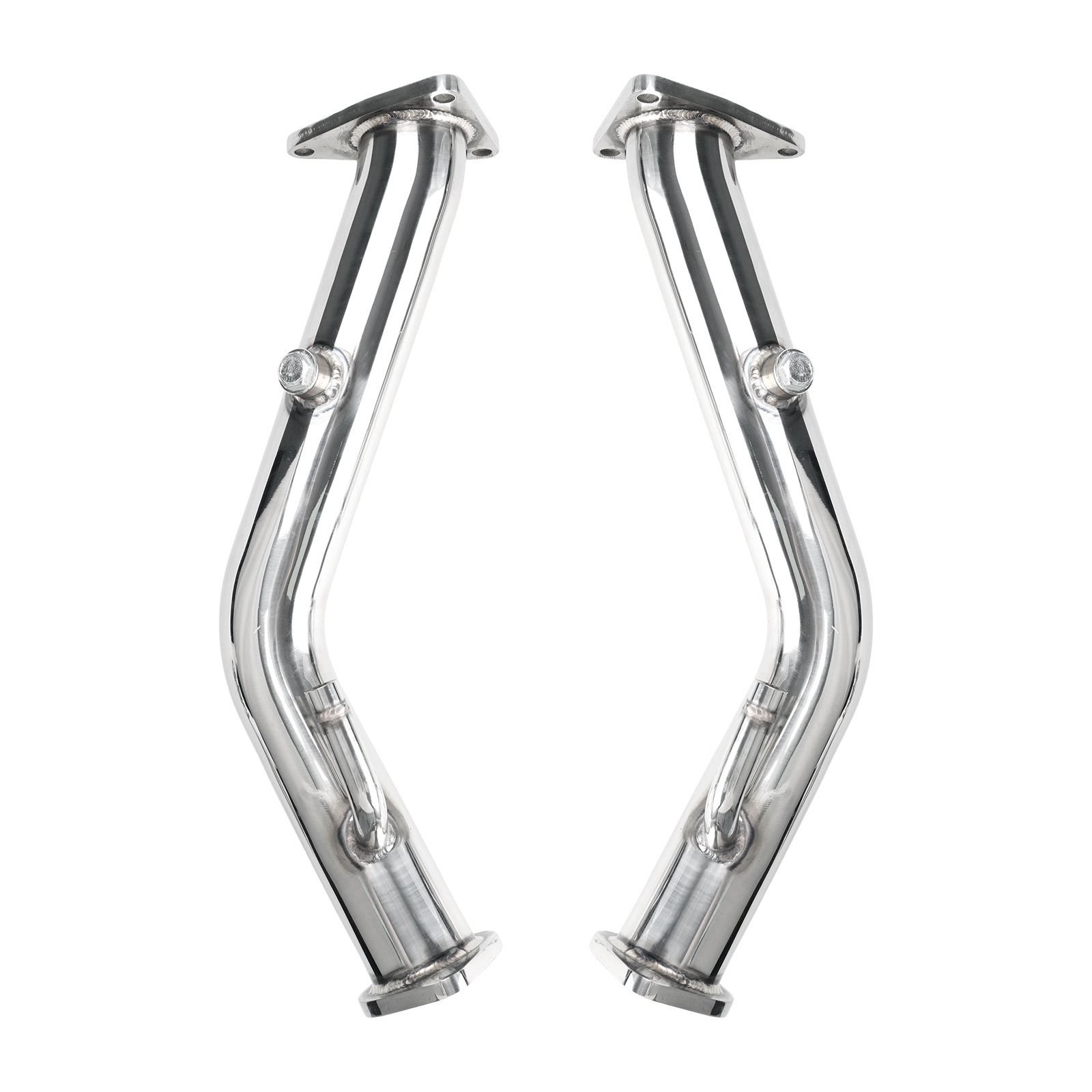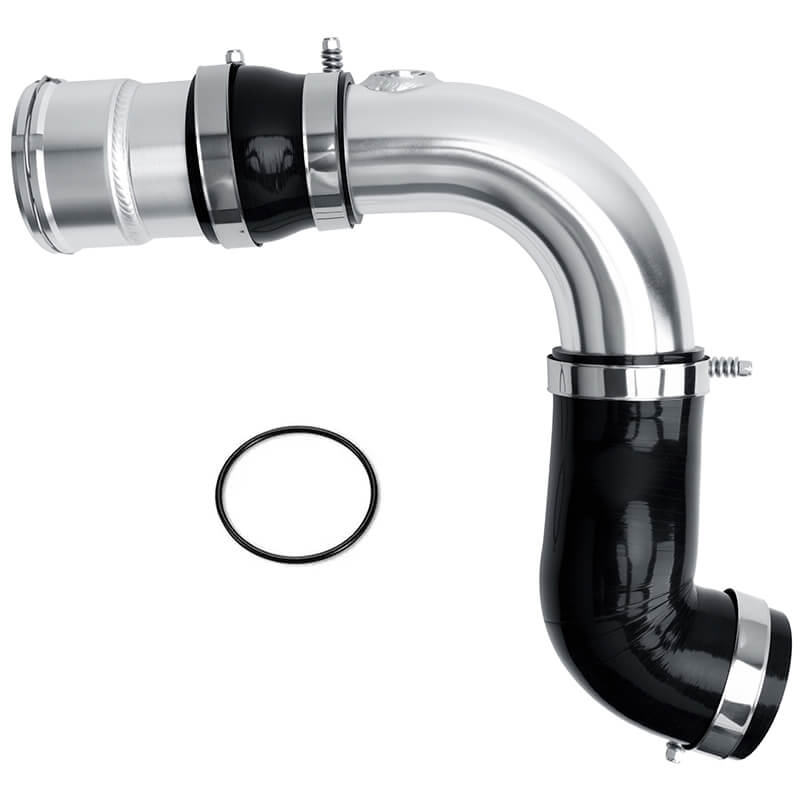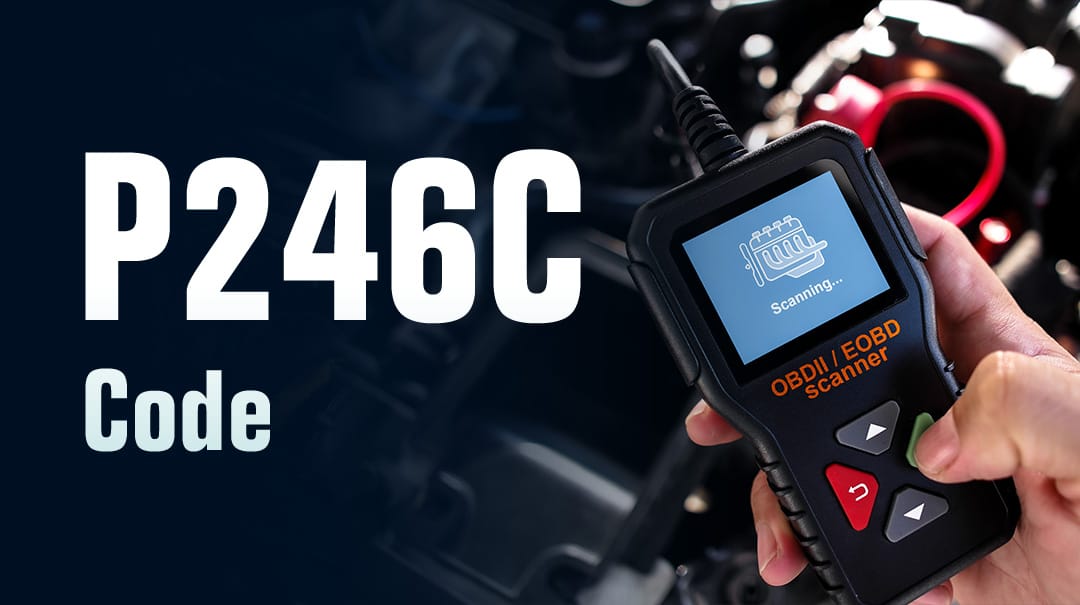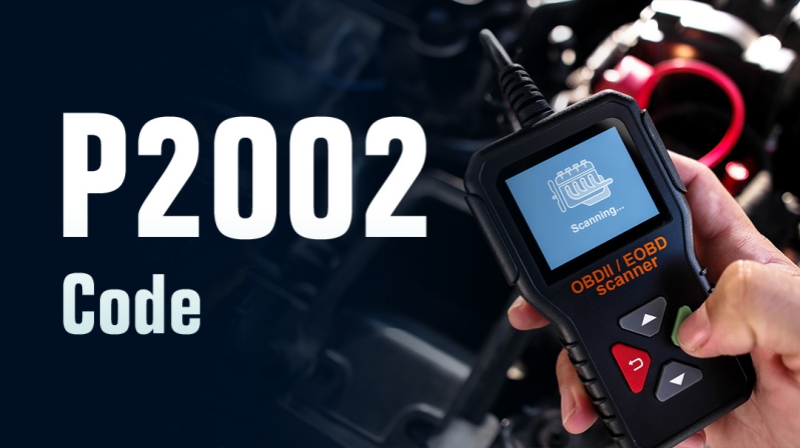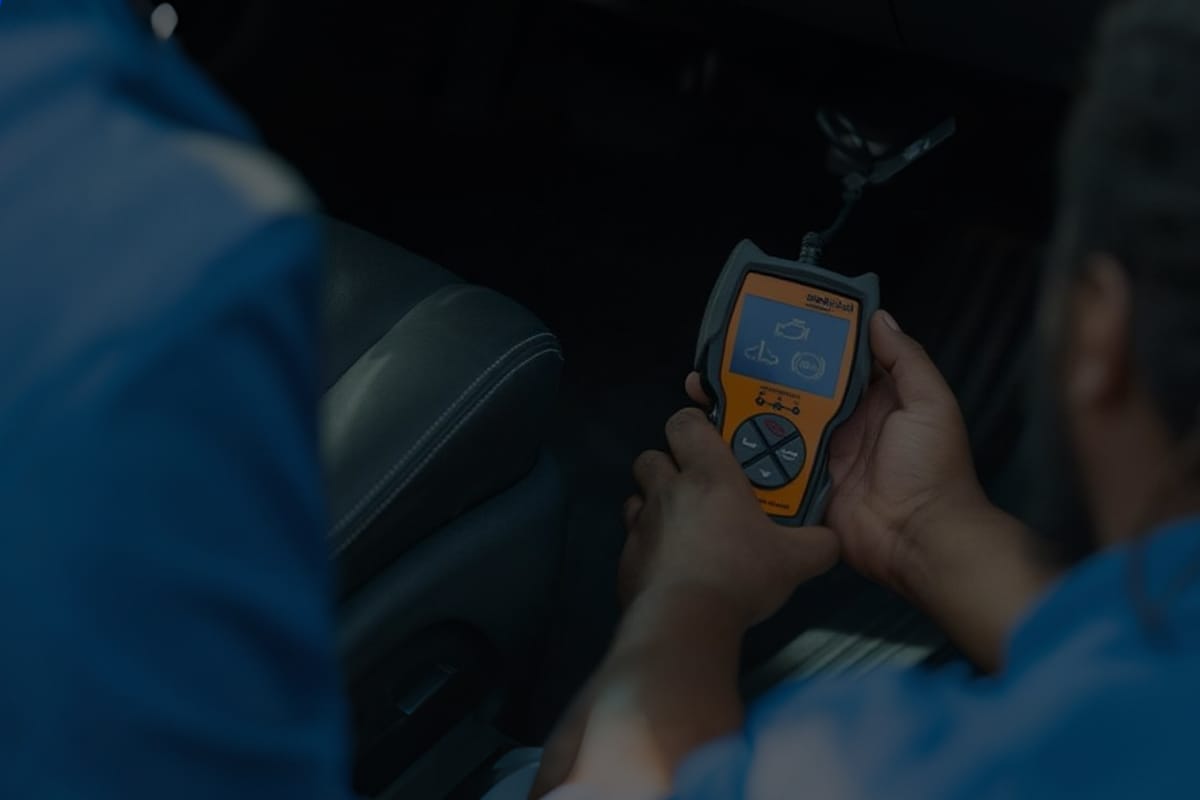"My truck has a P040D code, and the OBD scanner indicates a problem with the EGR temperature sensor. I heard deleting the EGR will fix it. Is this true? Do you have any suggestions?"
If your Cummins or Powerstroke engine suddenly displays a P040D fault light, don't take it lightly. This fault, while common, is often misunderstood and can affect your vehicle's performance, fuel economy, and even emissions compliance. Let's break down what this code actually means, its common causes, and how to restore your truck to peak condition.
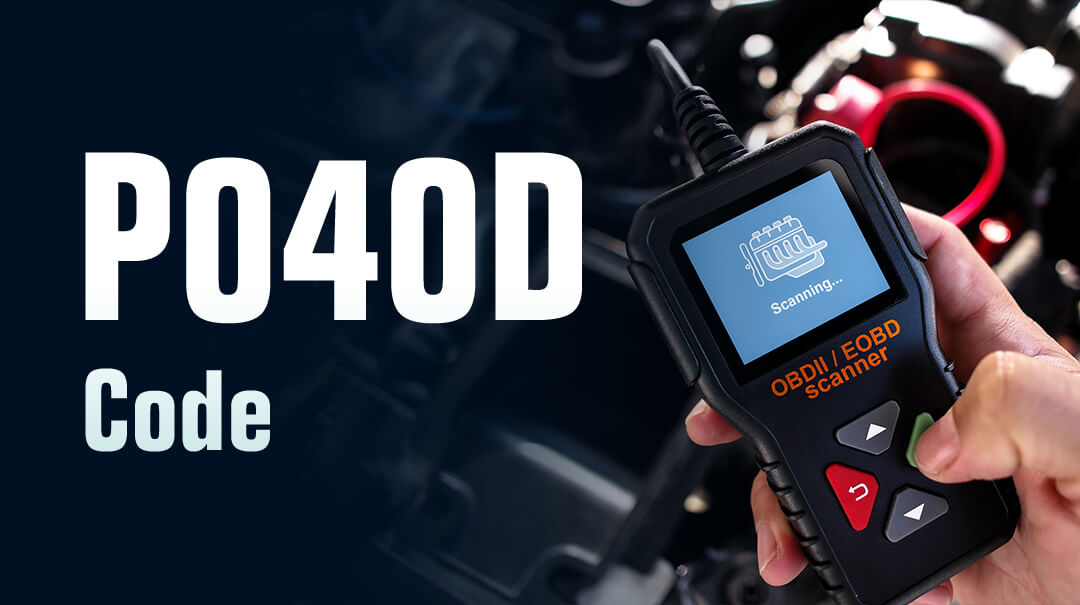
What Is the P040D Code?
The P040D code stands for "Exhaust Gas Recirculation Temperature Sensor 'A' Circuit High." Simply put, your ECM detected a voltage reading from the EGR temperature sensor that was above the expected range.
Why a P040D Fault Should Be Addressed Immediately?
- Emissions Compliance: A faulty EGR temperature sensor could result in excessive emissions, which could lead to a failed inspection or violation of local emissions regulations.
- Performance: Incorrect EGR temperature could cause the ECM to reduce power or enter "limp home mode."
- Fuel Economy: The ECM may run a richer fuel mixture or alter timing, reducing efficiency.
This fault code is particularly common in the following models:
- 6.7L Cummins engine (for Dodge Ram trucks);
- 6.4L Powerstroke engine (for Ford Super Duty models);
- Other Dodge Ram and Ford diesel models.
Symptoms of the Code P040D
Recognizing the signs of a fault early can prevent larger problems later. Here are some things to watch for:
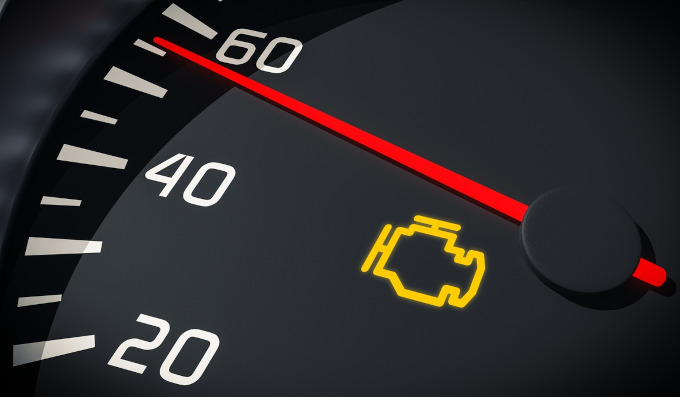
- Check engine light illuminates.
- Decreased fuel economy.
- Engine lag or loss of power.
- High engine temperature.
Note: You may not notice significant driving issues early on. However, as the problem worsens, performance will decline.
Common Causes of the P040D Code
Several potential issues may trigger this code:
- EGR temperature sensor malfunction: The sensor itself may malfunction due to age, contamination, or an internal fault.
- Wiring harness damage or corrosion: Heat, vibration, or road debris can damage wires or connectors.
- ECM/PCM software anomaly (rare): Sometimes, a software malfunction or outdated calibration can cause a false alarm.
Model-Specific Issues
- 6.7L Cummins engines: The sensor is particularly susceptible to corrosion; look for suffixes on the scanner, such as "P040D 00."
- 6.4L Powerstroke engines: This is often associated with a leaking EGR cooler - usually requiring repair of both the cooler and the sensor.
- Dodge Ram engines: The TIPM (Totally Integrated Power Module/Fuse Box) may experience an electrical fault that affects the sensor circuit.
- Ford Trucks: Some issues can be resolved with an ECM/PCM software update ("ghost" codes).
How to Diagnose and Repair the P040D Trouble Code
Required Tools
- OBD-II Scanner: For reading and clearing fault codes.
- Multimeter: For testing sensor voltage and continuity.
- Basic Tools: Wrenches, sockets, and possibly a box wrench set.
Troubleshooting Steps
1. Scan for Trouble Codes
Use an OBD-II scanner to confirm the P040D fault code and locate related fault codes (e.g., EGR performance, wiring fault codes).
2. Visual Inspection
Inspect the EGR temperature sensor and wiring harness. Plus, check for melted insulation, green discoloration (corrosion) on the connector, or loose plugs.
3. Test the Sensor
Unplug the sensor; use a multimeter to check for resistance or voltage according to manufacturer specifications (refer to the repair manual for specific values).
Repair Steps
- 1. Replace the EGR temperature sensor.
- 2. If the reading is out of specification, replace the sensor with a new, OEM-quality sensor.
- 3. Repair wiring.
- 4. Repair or replace any damaged wiring or connectors.
- 5. Clearing DTCs.
- 6. Use a scanner to clear the DTCs, then conduct a road test to verify the repair.
If the DTC Appears Frequently
If the P040D fault recurs, consider a long-term solution:
👉 Install a SuncentAuto EGR delete kit (off-road use only).
This eliminates EGR-related sensor interference, permanently resolving the recurring P040D DTC.
Note: Due to emissions regulations, deleting the EGR system on road vehicles is illegal in many regions.
Special Case: P040D DTC Detected on Deleted 6.7 Cummins Engines
Even after removing the EGR/DPF, some owners continue to see the P040D DTC. Why?
View also: What Is EGR Delete
The EGR system may have been removed, but the sensor is still connected. A faulty sensor will still signal a fault code.
Solution:
- Disable the sensor through ECM calibration.
- Completely disconnect or disable the sensor reading.
⚠️ Regulatory Notice: In many areas, it is illegal to drive on the road with the EGR/DPF removed. These modifications are only suitable for track or off-road vehicles.
How to Prevent a P040D Fault from Recurring
- Clean the EGR System Regularly: Clean the EGR valve and passages every 60,000 kilometers (approximately 37,000 miles) to prevent carbon deposits.
- Inspect the Lines: During routine maintenance, check for wear, heat damage, or loose connectors.
- Use high-quality diesel fuel and additives: Reduce soot buildup and keep the sensor clean.
- Avoid cheap aftermarket sensors: Low-quality replacements can fail prematurely.
- Consider a permanent solution: For trucks experiencing recurring P040D issues, a SuncentAuto EGR removal kit can provide a long-term solution.
FAQs about P040D Fault Code
What does P040D 00 mean?
This means "EGR Temperature Sensor A Circuit High Voltage." The suffix "00" is a manufacturer-specific status code that often appears on factory scan tools.
Can I drive my vehicle after the P040D fault code appears?
Yes, but only for short distances. Driving for extended periods can cause the vehicle to overheat and enter limp mode.
Will replacing the EGR valve resolve the P040D fault?
Unlikely. This fault code is related to the EGR temperature sensor, not the valve itself.
Where is the P040D sensor located?
- 6.7 Cummins: Typically located in the EGR line or intake manifold.
- 6.4 Power Stroke: Near the EGR cooler.
Why does removing the EGR cause the P040D code on a Cummins 6.7 engine?
Even if the EGR system is removed, the physical sensor may remain connected and malfunction.
Will removing the EGR trigger the P040D fault?
Yes, unless the sensor signal is blocked or deleted in the ECM.
Is the P040D repair covered under warranty?
If the truck is unmodified, it is covered under the factory warranty. If the system has been modified or deleted, it is not covered under warranty.
How do I reset the P040D after repair?
Use a scanner to clear the fault code. If the fault code reappears, further diagnosis is required.
How do I reset the P040D code?
Use an OBD-II scanner to clear the fault code. If the fault code reappears, further diagnosis is required.
Conclusion
When addressing a P040D fault, your approach should be systematic:
👉 Rule of thumb: Check wiring - Test sensor - Update software.
Never ignore this fault code. While it may seem insignificant, it can lead to more serious EGR or engine issues if not addressed. Remember, if you experience a recurring fault, the SuncentAuto EGR removal kit (off-road use only) can provide a more permanent solution.
Don't let a simple sensor issue affect your engine—resolve the P040D code promptly for a smoother, more reliable ride.





















